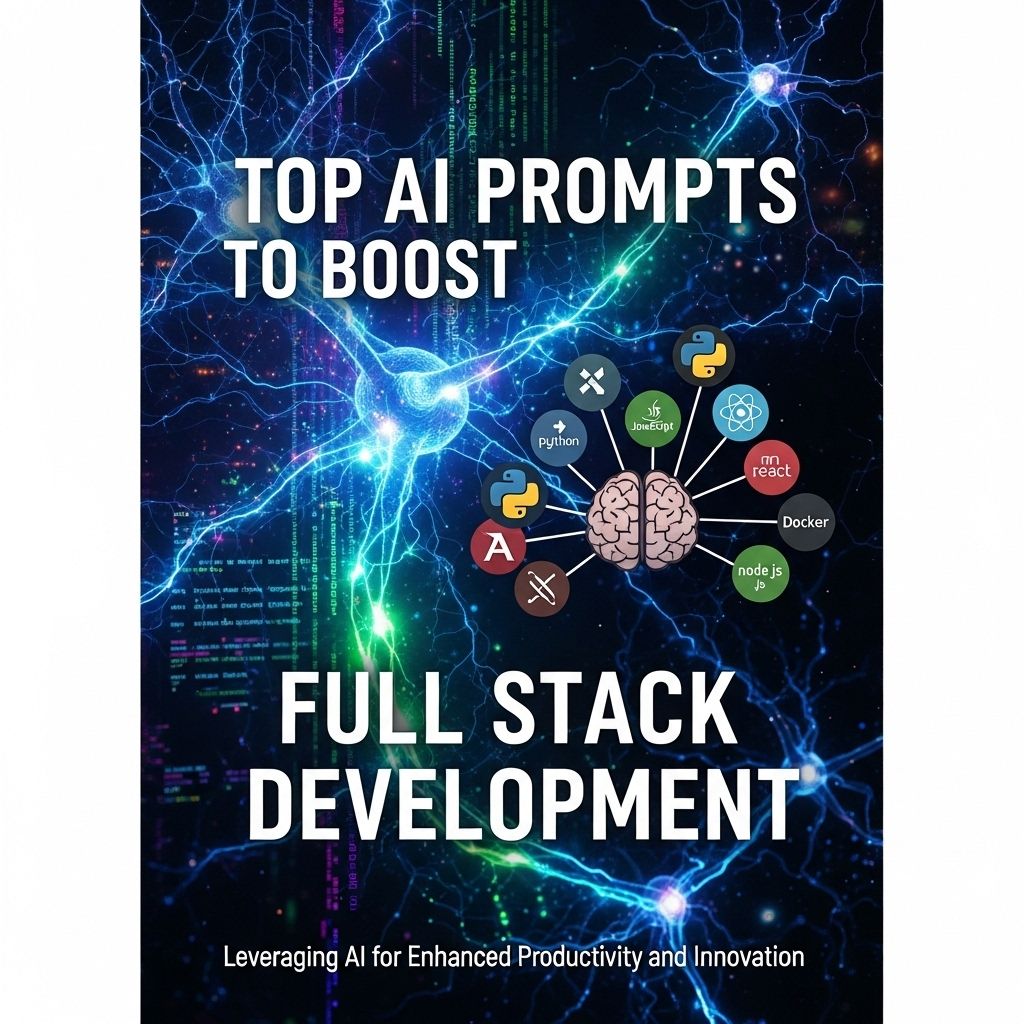In today’s fast-paced digital world, the ability to create applications has become more accessible than ever. With the rise of no-code and low-code platforms, individuals and businesses can develop functional apps without having to delve deeply into coding. This article explores the various ways to create apps without coding, the advantages of using such platforms, and a guide to getting started.
Understanding No-Code and Low-Code Platforms
No-code and low-code platforms are tools that enable users to create applications through graphical user interfaces instead of traditional programming. These platforms cater to a wide range of users, from complete beginners to experienced developers looking for faster solutions.
Key Features of No-Code Platforms
- Drag-and-Drop Interfaces: Users can easily design their apps by dragging and dropping components, which simplifies the development process.
- Pre-built Templates: Most platforms offer a variety of templates that users can customize, minimizing the need for design skills.
- Integration Capabilities: Many no-code tools allow integration with third-party services, enabling connections with APIs, databases, and other applications.
- Real-time Collaboration: Teams can work together in real-time, making it easier to get feedback and iterate on app designs quickly.
Advantages of No-Code Development
Utilizing no-code platforms offers several advantages:
- Speed: Development time is significantly reduced, allowing for quicker deployment.
- Cost-effectiveness: Businesses can save on hiring full-time developers for simple applications.
- Accessibility: Individuals without a technical background can create functional applications, promoting innovation.
- Focus on Business Logic: Developers can concentrate more on the app’s functionality rather than its technicalities.
Popular No-Code Platforms
| Platform | Description | Best For |
|---|---|---|
| Bubble | A powerful platform for building web applications with a focus on user interface design | Web apps |
| Adalo | Specializes in mobile app development with a user-friendly interface | Mobile apps |
| Airtable | A flexible platform that combines a spreadsheet-like interface with database functionality | Data-driven apps |
| Zapier | Automates workflows by connecting different apps together | Workflow automation |
| Webflow | Focuses on web design and can create responsive websites without coding | Web design |
Steps to Create Your First No-Code App
Creating an application without coding is a straightforward process when using a no-code platform. Here’s a step-by-step guide to help you get started:
1. Define Your Idea
Before diving into development:
- Identify the purpose of your app.
- Determine who your target audience is.
- Outline the core features you want to include.
2. Choose the Right Platform
Select a no-code platform that aligns with your project needs. Consider factors such as:
- The type of app you want to create (web or mobile).
- Integration requirements.
- Your budget and the platform’s pricing model.
3. Plan Your Application Structure
Map out the structure of your application:
- Wireframe: Create a simple sketch or wireframe for each screen in your app.
- User Journey: Define the user journey and how users will navigate through your app.
- Feature List: Finalize the features you want to implement in each section.
4. Design Your App
Using the drag-and-drop interface:
- Add components such as buttons, text fields, and images.
- Customize the app’s look and feel to align with your brand.
- Utilize pre-built templates if necessary.
5. Build Logic and Workflows
Incorporate the app’s logic:
- Set up the database and any necessary integrations.
- Define workflows for user interactions (e.g., what happens when a button is clicked).
6. Test Your Application
Before launching:
- Test the app thoroughly to identify any bugs.
- Gather feedback from potential users.
7. Launch and Market Your App
Once testing is complete:
- Launch your app on the desired platform (Google Play, App Store, web, etc.).
- Create a marketing plan to attract users to your application.
Real-World Applications of No-Code Development
No-code development has been embraced in various industries. Here are a few examples:
1. Startups and Entrepreneurs
Many startups utilize no-code platforms to test their ideas quickly and efficiently, enabling them to pivot or scale as needed without extensive investments in development.
2. Small Businesses
Small businesses leverage no-code tools to create customer relationship management (CRM) systems, booking platforms, and other essential business applications without significant overhead costs.
3. Non-Profit Organizations
Non-profits utilize no-code solutions for fundraising apps, volunteer management systems, and community engagement platforms, helping them to achieve their missions more effectively.
Conclusion
The evolution of no-code tools has democratized app development, enabling virtually anyone to bring their ideas to life without writing a single line of code. Whether you’re an entrepreneur, a small business owner, or just someone with a great idea, these platforms provide the resources you need to create robust applications quickly and efficiently. By understanding the key features, advantages, and processes involved in no-code development, you can confidently embark on your app creation journey.
FAQ
What are no-code app builders?
No-code app builders are platforms that allow users to create applications without writing code, using visual interfaces and drag-and-drop features.
Can I really create a fully functional app without coding?
Yes, you can create fully functional apps without coding by leveraging no-code platforms that provide pre-built templates and integrations.
What are some popular no-code app development tools?
Some popular no-code app development tools include Bubble, Adalo, Glide, and Appgyver, each offering unique features for app creation.
Is no-code app development suitable for businesses?
Absolutely! No-code app development is ideal for businesses looking to quickly prototype and launch apps without the need for extensive programming resources.
What skills do I need to use a no-code app builder?
Typically, you don’t need any technical skills, but familiarity with design principles and user experience can enhance your app’s effectiveness.
Can I customize my app made with no-code tools?
Yes, most no-code platforms allow for customization in layout, features, and integrations to meet specific user needs.




